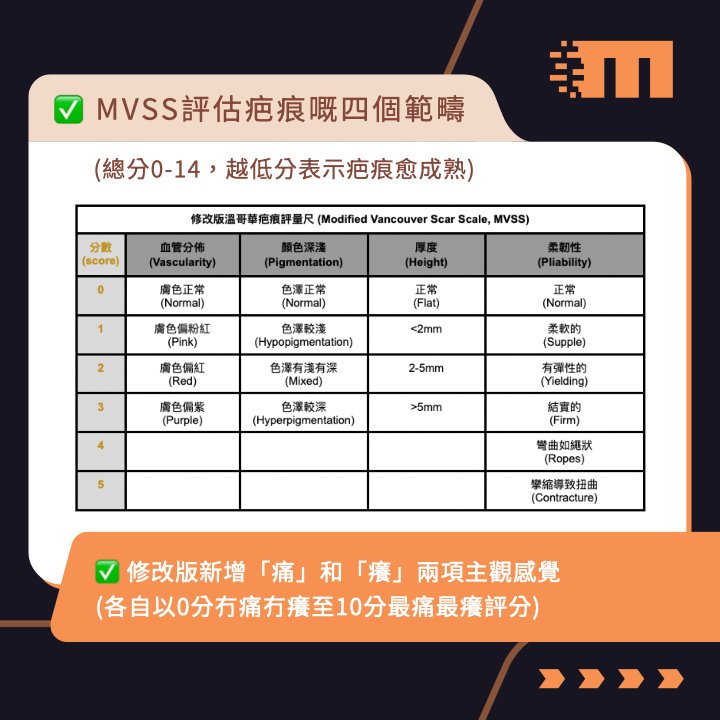Scar

I wonder if everyone has ever had any troubles with scars? As an international sword festival, Hong Kong has frequent risks of injuries and accidents, whether it is a trivial fall, cooking and being cut by a sharp weapon, as large as a traffic accident, fire burns, etc., And different surgical procedures and caesarean sections can also form scars, leaving low scars that make some people dare not.Then wear a short-sleeved shirt and pants with a swimsuit.
What exactly is the scar?

Whenever our skin is damaged, it will undergo a series of inflammatory responses, and the injured cells will be replaced by new cells, collagen fibers, and ground substance, forming scars. Therefore, scars are a necessary process for the skin from injury to healing!
What do you know about some people who will leave a big scar after being injured, and some people who don't have it? In fact, the formation of scars is affected by a variety of factors, such as age, chronic diseases, nutrition and moisture, obesity, smoking habits, drugs, etc...
Some studies have pointed out that the appearance of scars is affected by external forces (mechanical tension). If there is an external force pulling both sides of the wound vertically (under tension), the scar will appear significantly thicker; on the contrary, if the stress-shielding polymer is used to reduce the tension of the wound, the scar will be less obvious.
If the scar is not handled properly, it may lead to scar contracture, and even form hypertrophic scar and keloid scar (or keloid foot swelling, Keloid).
Proliferative scars generally grow vertically at the wound, form within 3 months after the injury, and then slowly decrease naturally.
Keloid scars can spread to skin growth other than the wound. They form months or years after the injury and are difficult to subside naturally.
How does the physiotherapist evaluate the scar?

Physiotherapists will conduct detailed examinations before treating scars for patients. In addition to understanding the patient's problems and functional limitations in daily life through basic consultations, physiotherapists will also conduct in-depth examinations through observation, palpation, and active & passive joint movements.Explore the root cause of the problem.
For scars, the physiotherapist will check the color, size, thickness and adhesion of the scars. The therapist will also use the "Modified Vancouver Scar Scale (MVSS)" to assess the blood vessel distribution, color depth, thickness and flexibility of the scar (the total score is 0-14 points, the lower the score, the more mature the scar), and the "modified Version" has addedThere are two subjective sensations of "pain" and "itching" (each scored on a scale of 0-10, 0 is divided into whether it hurts or itchy, and 10 is divided into the most painful and the most itchy).
References:
Atiyeh, B. S. , Costagliola, M. , & Hayek, S. N. (2005). Keloid or Hypertrophic Scar: the Controversy: Review of the Literature. Annals of Plastic Surgery, 54(6), 676-680.
Baryza, M. J. , & Baryza, G. A. (1995). The Vancouver Scar Scale: an Administration Tool and Its Interrater Reliability. The Journal of Burn Care & Rehabilitation, 16(5), 535-538.
Wong, V. W. , Akaishi, S. , Longaker, M. T. , & Gurtner, G. C. (2011). Pushing Back: Wound Mechanotransduction in Repair and Regeneration. Journal of Investigative Dermatology, 131(11), 2186-2196.

